For a while, an enterprising person from Russia sold in EBay components to transform the Crosman 13XX pistols to PCP's.
But suddenly he vanished.
And so, some customers were left with parts but no instructions.
Add to that situation that the customers sometimes buy things "for a later date" and then forget them . . . and we have another peculiar situation.
When someone contacted me about "building" a pistol from parts he had on hand, I became VERY curious.
So, after some communications, it was established that there was precious little of the Crosman left (the Transfer Port, the barrel and the main spring only AAMOF).
There was a sidecocking bolt action repeating mechanism, there was an air tube with an offset valve/TP, there was a frame with a Match trigger that was supposedly adjustable, and there was a "free flight hammer".
When they arrived, I was looking, literally, at the proverbial "basket case". Lots of parts from the old gun and parts from the new gun without any labelling, order, or concert.
But, as any 5,000 mile trip, everything starts with the first step, and so I started "presenting" all the parts till I got some semblance of a pistol. A VERY BIG pistol.
In my own terms: a "pifle" or a "ristol", something that cannot be holstered, nor carried on the mid-region of ourselves. Not a "sidearm" as understood in most professional circles.
And, so, I started the"build".
As progress was done, I discovered that some parts needed to be modified, and the suggestions from the original EMails exchanged between purveyor and customer were not really to my liking.
So, back to drawing board and some hard decisions needed to be taken.
Through two days of hard thinking and some work, we decided how to do the final build and so the second thing to do was to test the air tank.
I completely disassembled the air tank and cleaned it very well inside and out, then reassembled and tested.
Luckily, there were no leaks. Good on that front!
Then came the assembly of the air tank to a "connection tube" that ensured that the action was located in the proper place and that allowed the new frame with the Match trigger to hold the parts together to make one unit.
The end result was not bad, actually quite impressive:
Using a full screw, I turned it down so that it would fit into the cavity of the action but would not protrude into the connecting tube.
MV's were a complete disappointment.
We could also feel the valve bouncing repeatedly (the gun "burped" at each shot), and there was some serious issue with shot count and efficiency.
It was also sadly evident that the moderator was having problems with too slow pellets that were possibly wobbling. We had to take down the whole thing and re-arrange, re-screw and loc-tite all the parts.
We were using the OEM (Crosman) Transfer Port (TP), and we could feel that the whole thing was not sealing properly, so we dismantled the Pifle and obtained some clear tubing (HDPE) to create a new TP.
BUT, the connection tube had a different diameter than the action. So we made a special TP by putting a section of the tubing in a mandrel and turning it to dimension.
Somewhat frustrated I started looking into the internet for "Crosman Tuning Lab" and discovered that they had changed name and abandoned the old website and they are now located at : www.airgunbuy.com
I sent an Email through their contact page and almost immediately received an answer!
Wonderful! It turns out that George (Georgiy, in his native Russian) is still the main driving force for the company and they now have some other interesting stuff, even complete rifles available.
I sent him pictures of the build and a detailed description of the problem, and he said he would consult with his technical guy, so support is there for these kits, which makes it more reasonable to use them.
Perhaps we can test some other of their products in the future.
After a night of consulting it with the pillow, it occurred to me that there was NO serious reason why that connecting tube had to have a different diameter and so I mustered the courage to re-drill that passage to the needed 8 mm's and installed a full length HDPE TP.
And the result was simply amazing!
We went from barely peaking at 10 ft-lbs to exceeding 22 ft-lbs in rather longish strings.
Of course it would be ideal if these kits came in with a regulator and an extended LP plenum, as there is capacity to spare in the tank, but this one didn't and the owner was wanting to use his gun, so that will remain for a later date.
Take a look at Airgunbuy.com as all companies, supply chain problems are causing some items to be out of stock, but their philosophy is interesting and their products are innovative.
Keep well and shoot straight!
HM © 2022/2/16
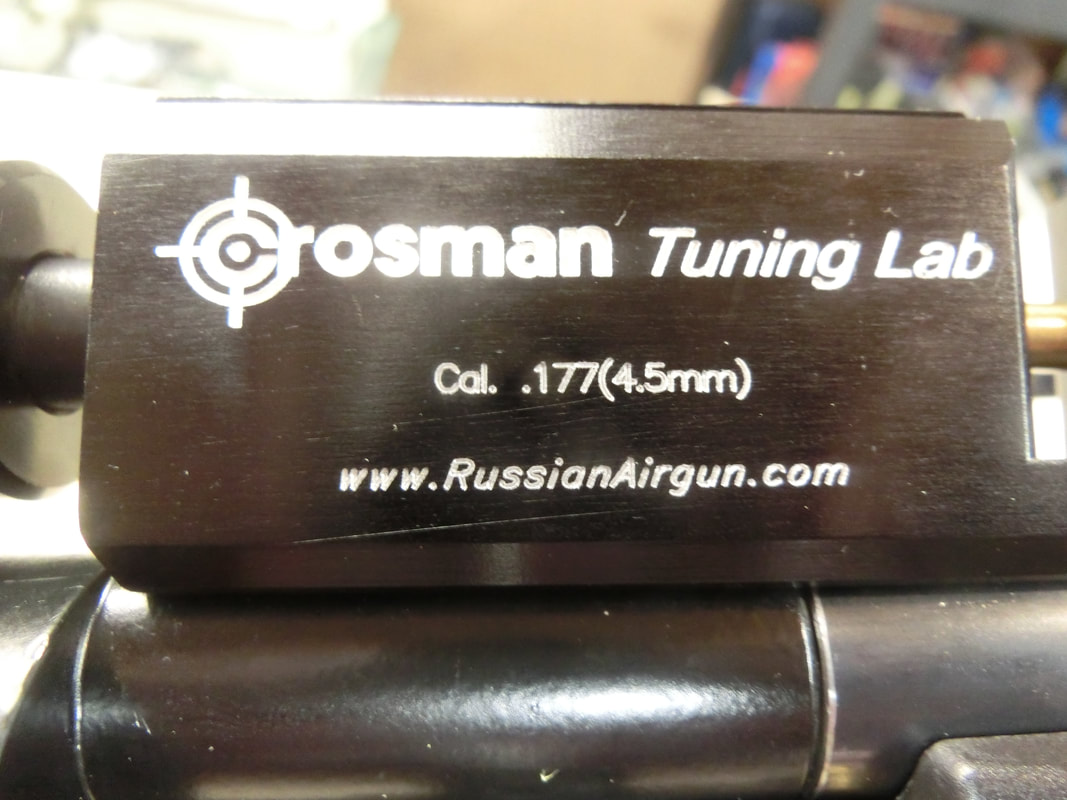
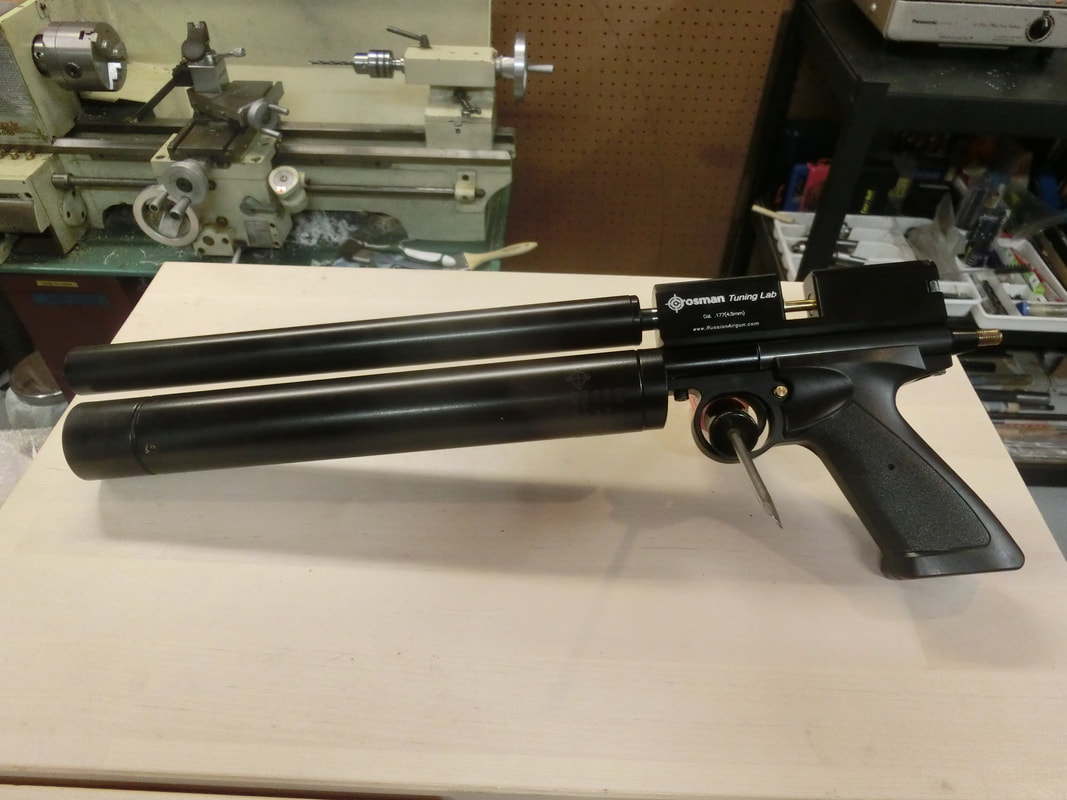
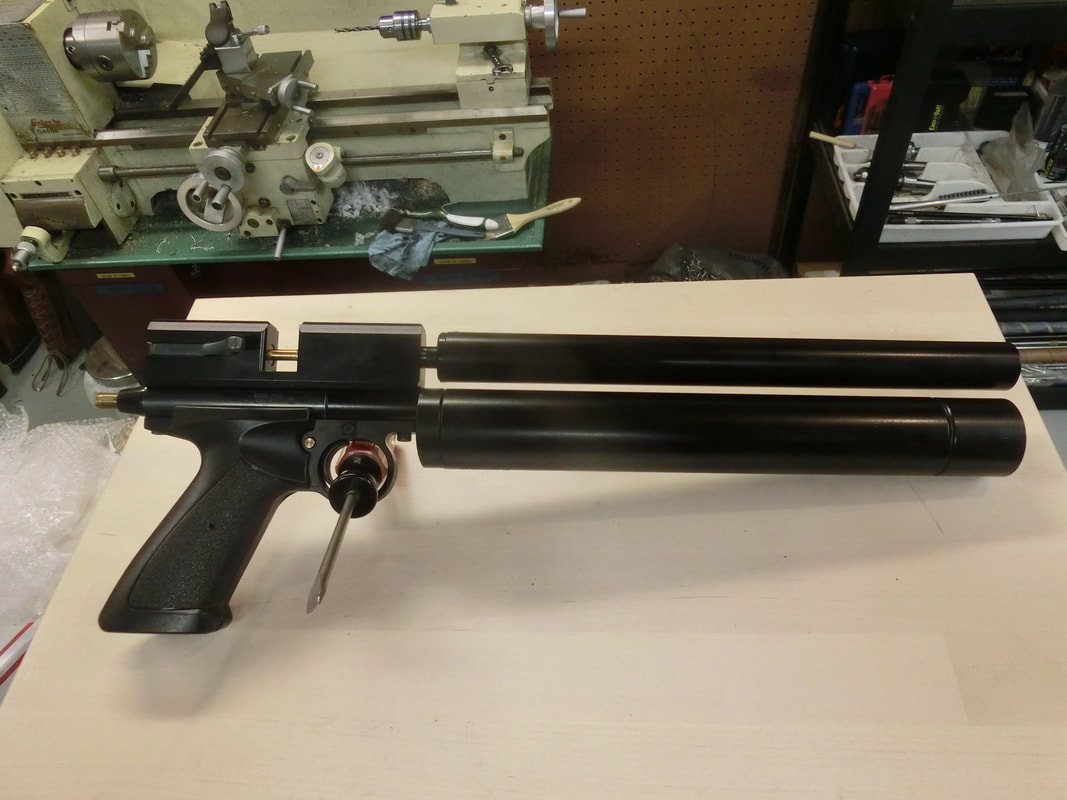
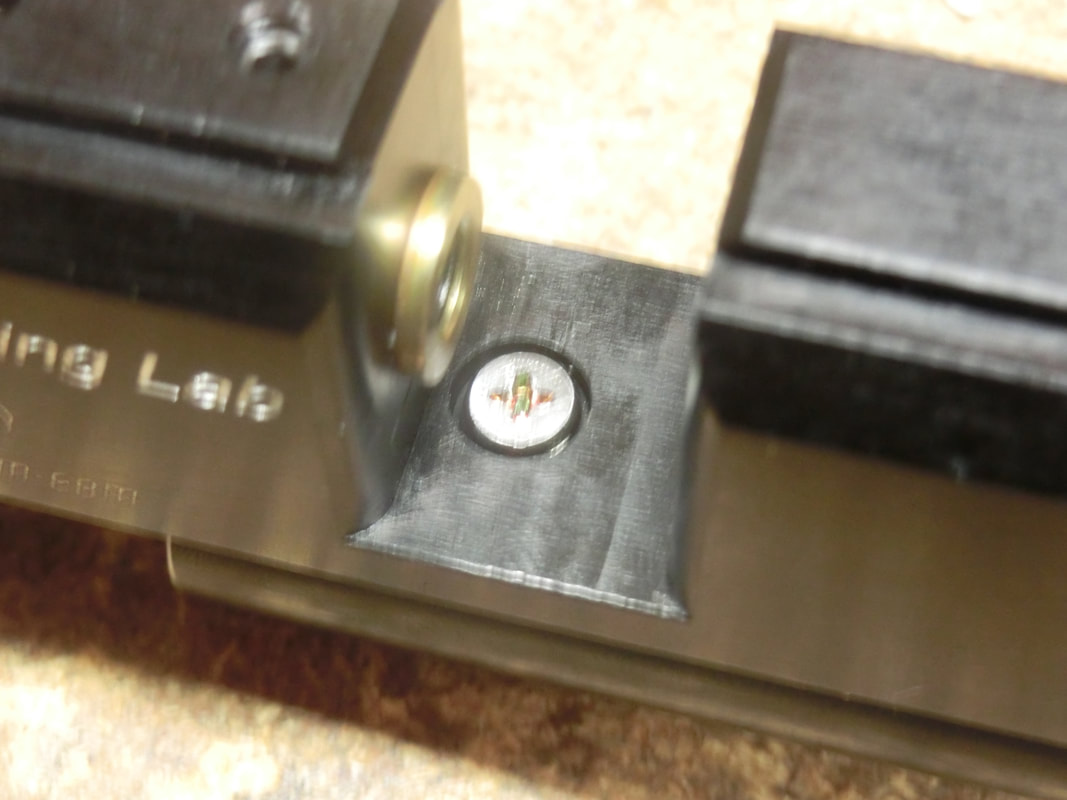
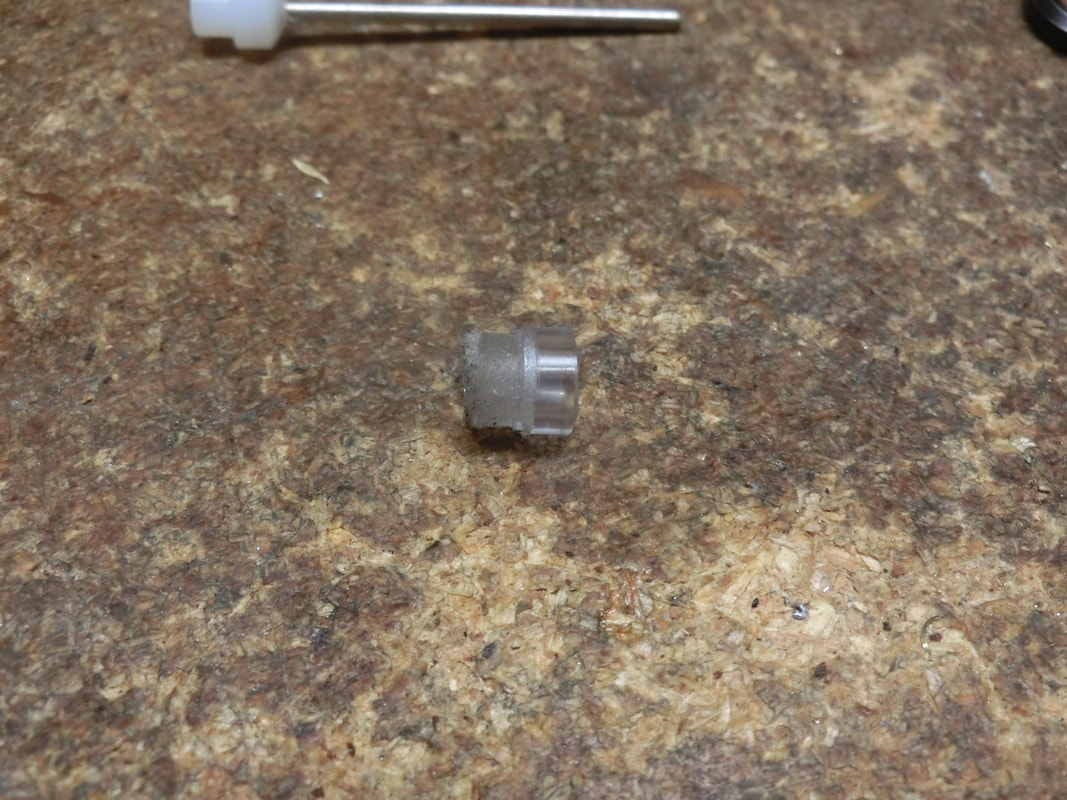
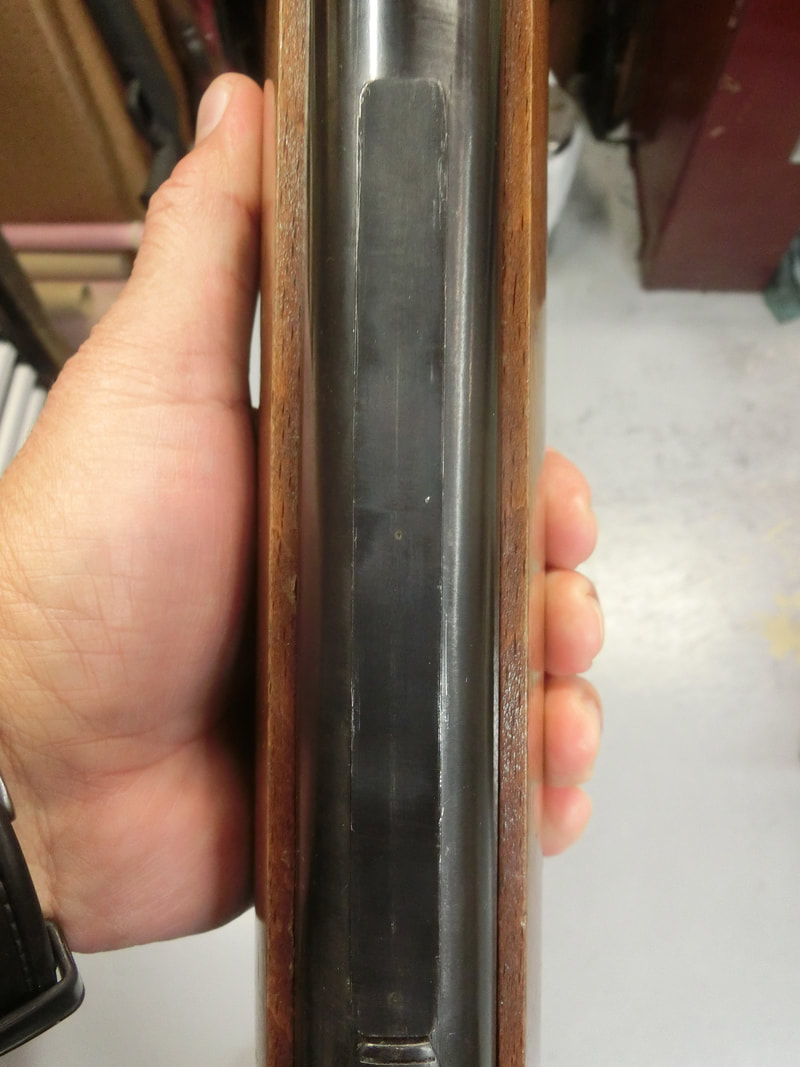
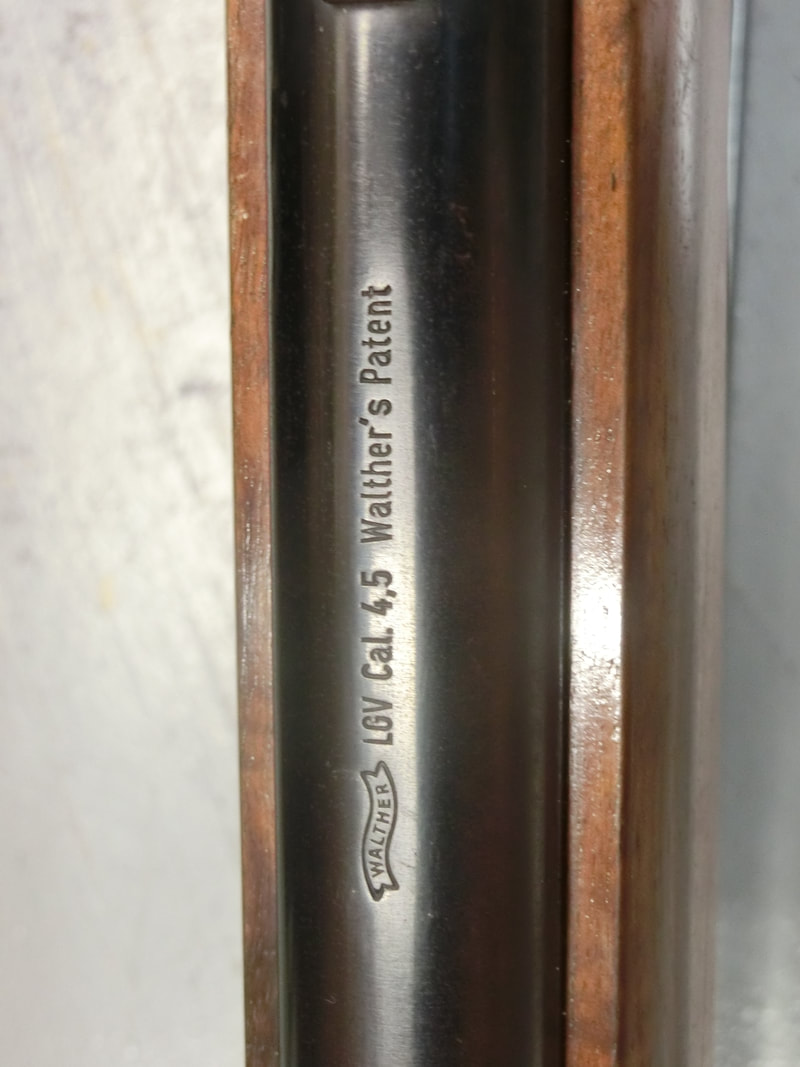
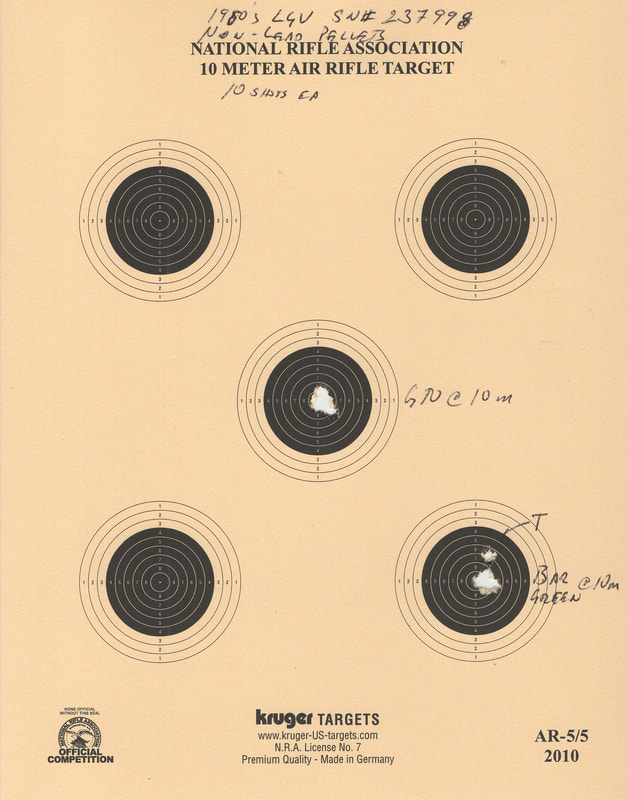
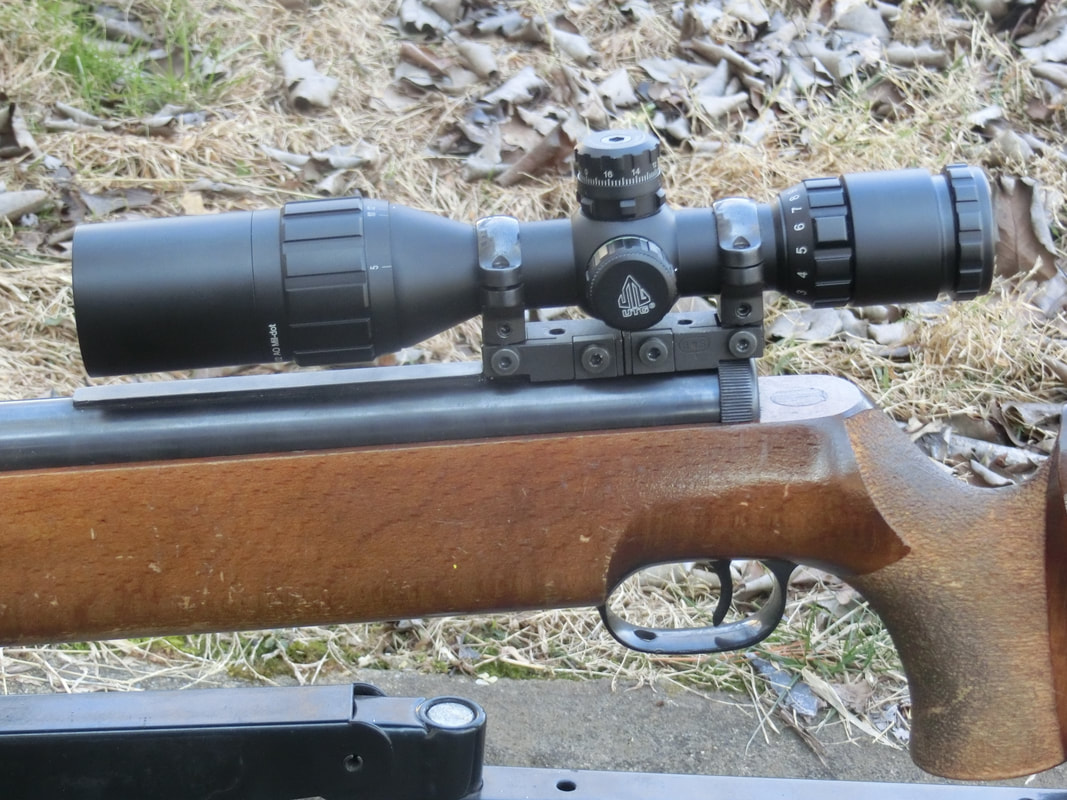
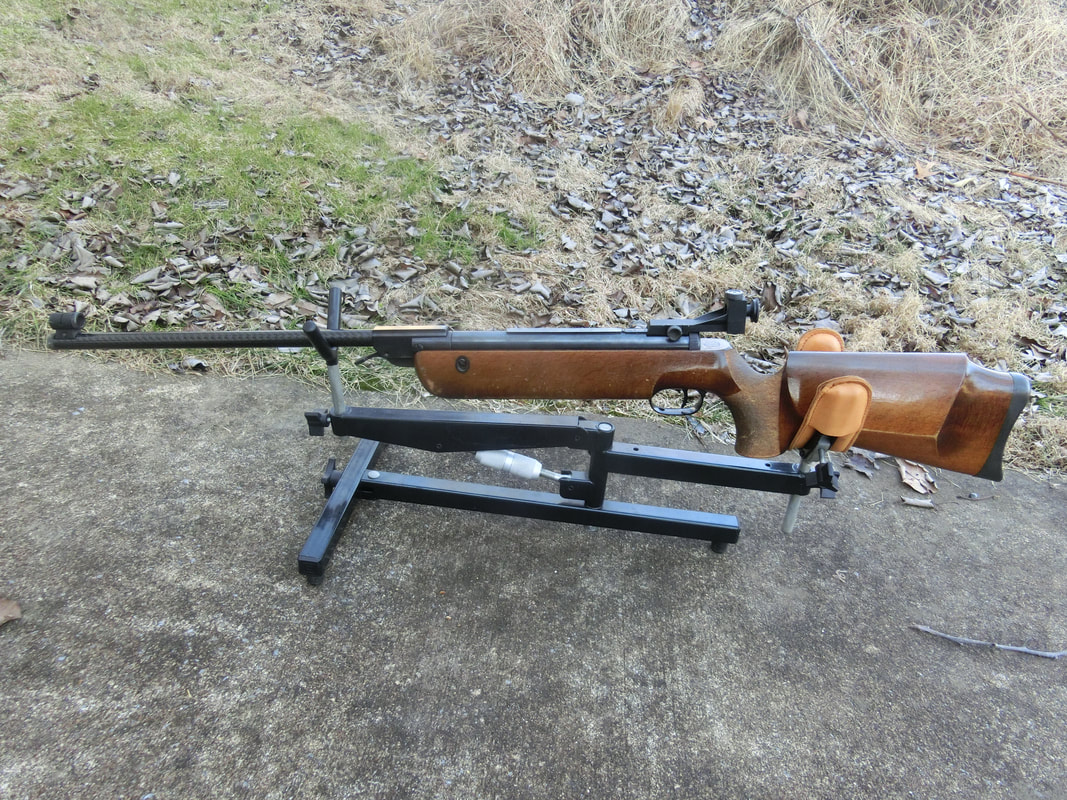
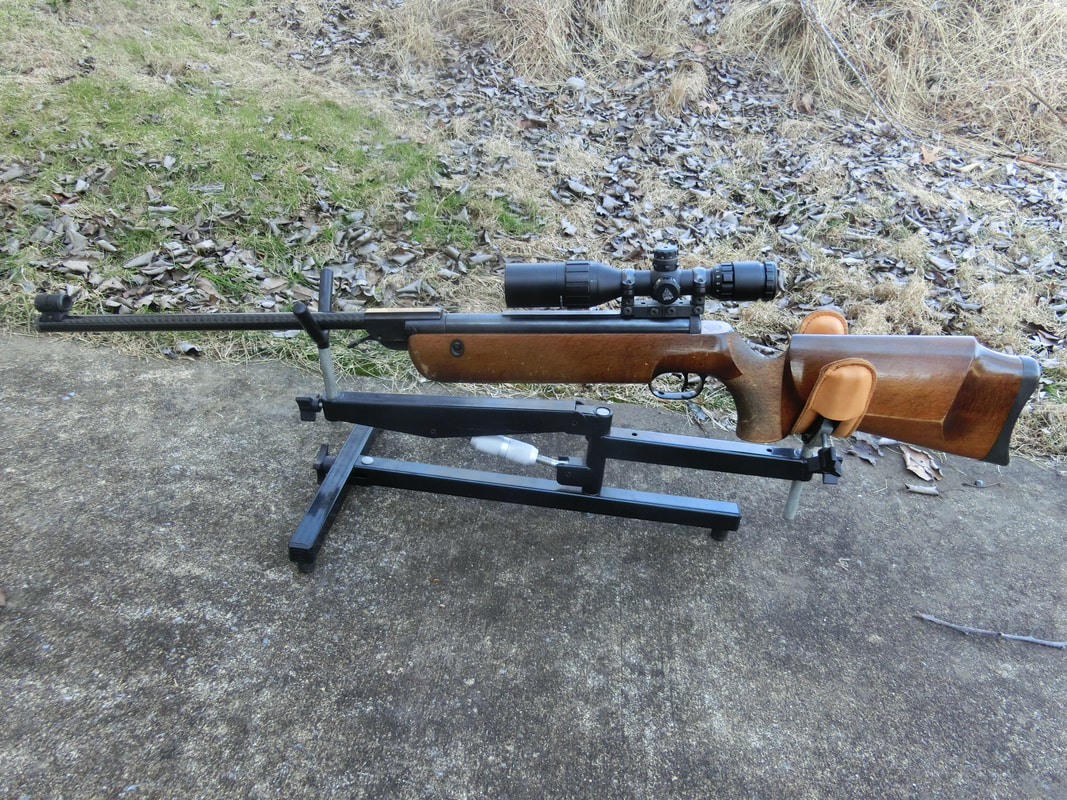
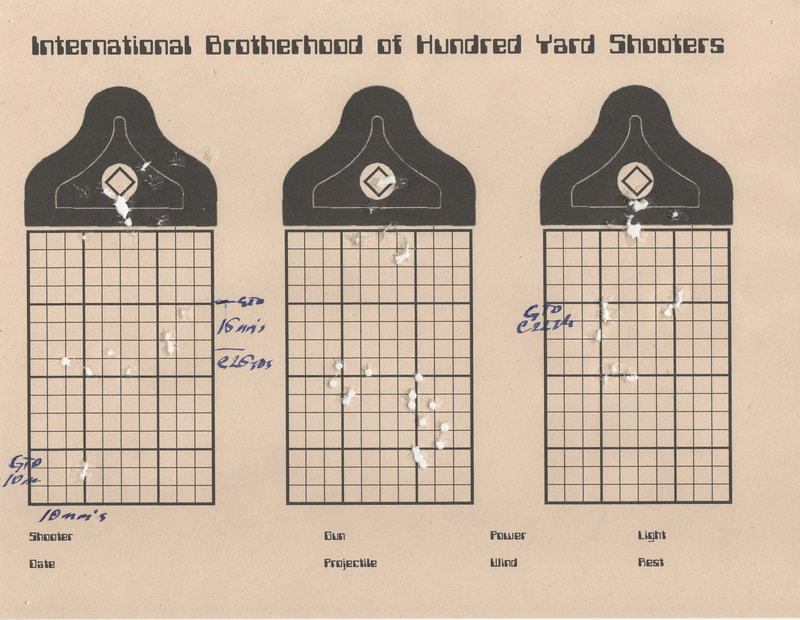
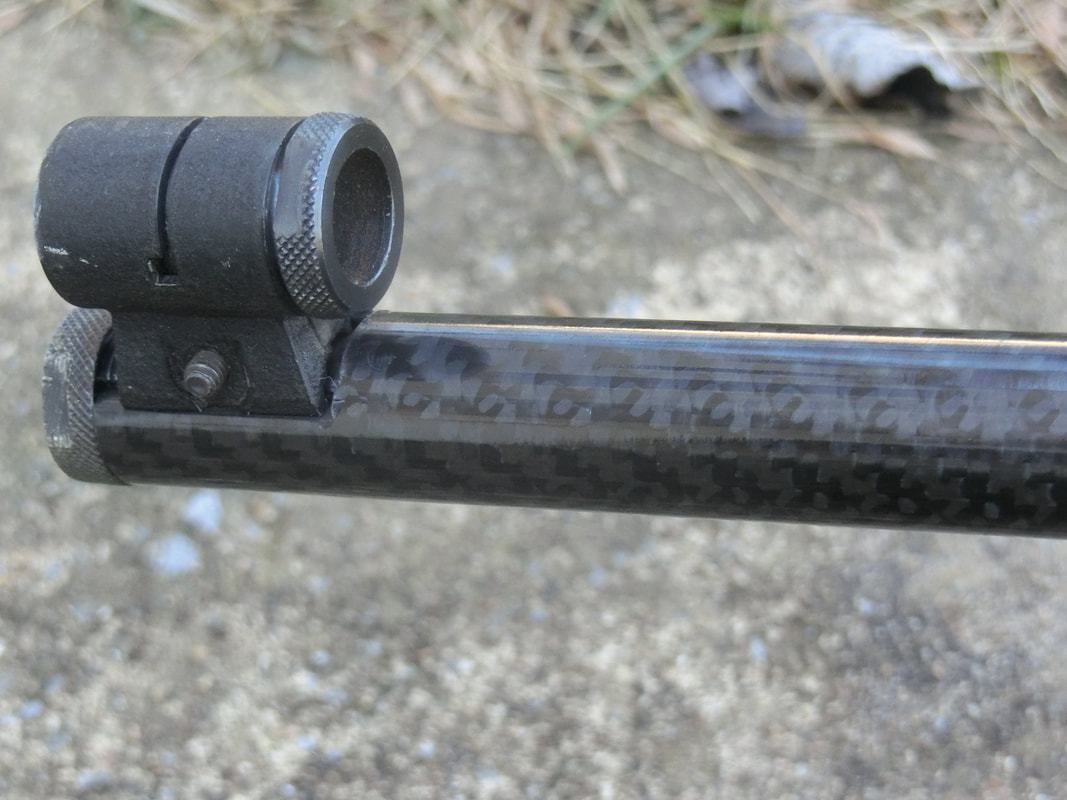
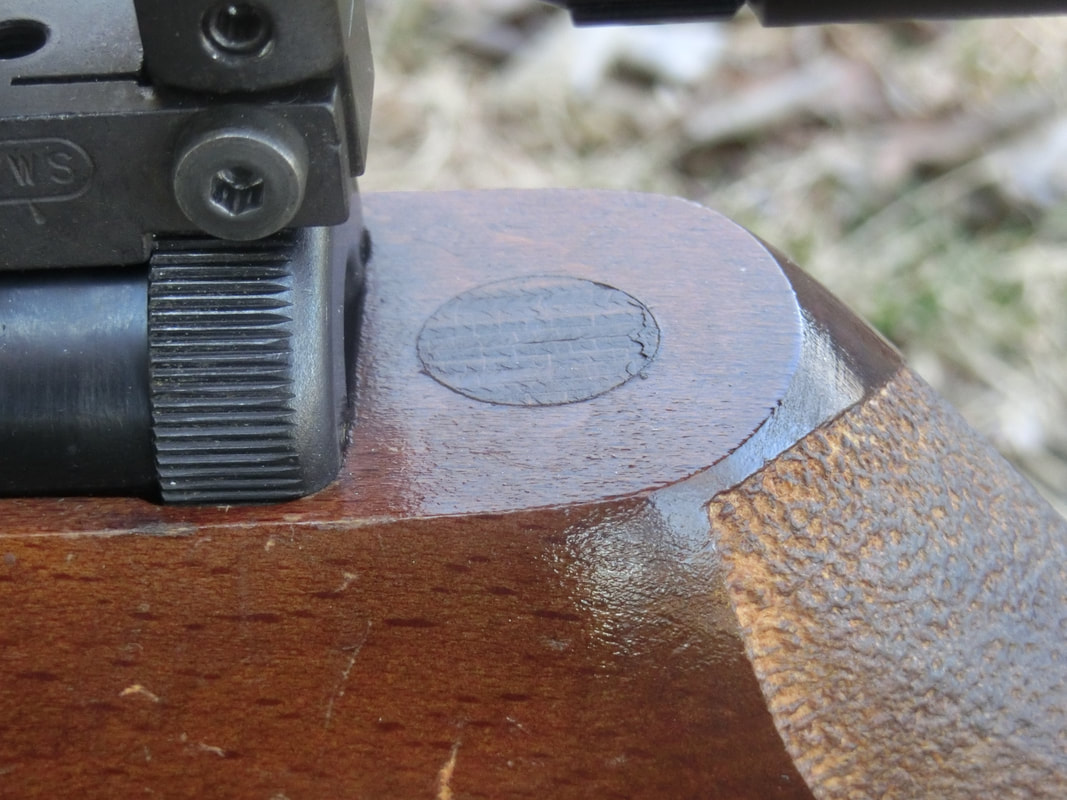
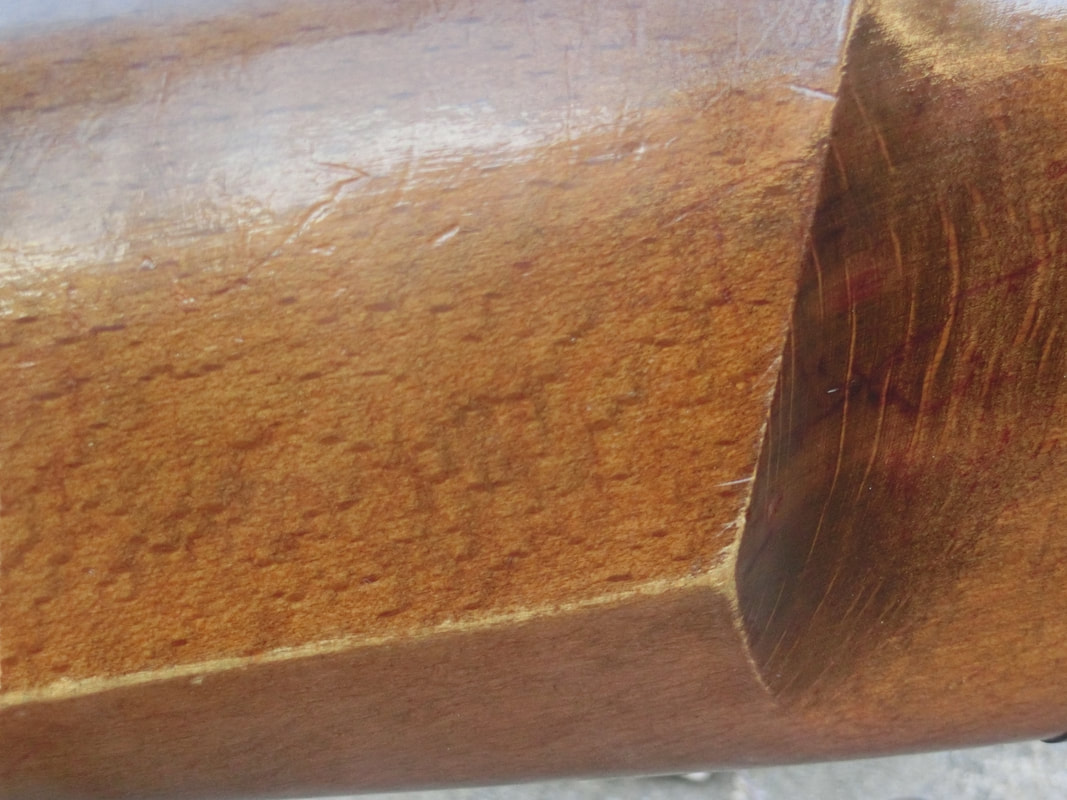
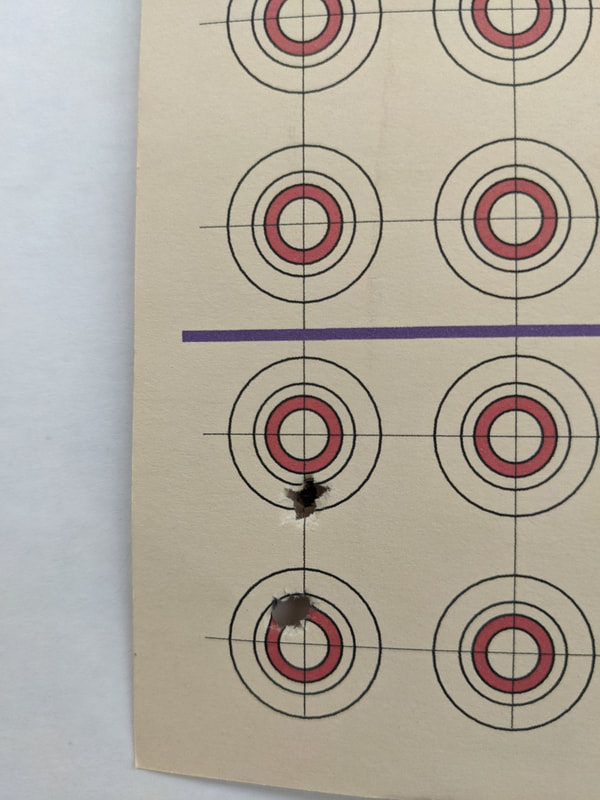
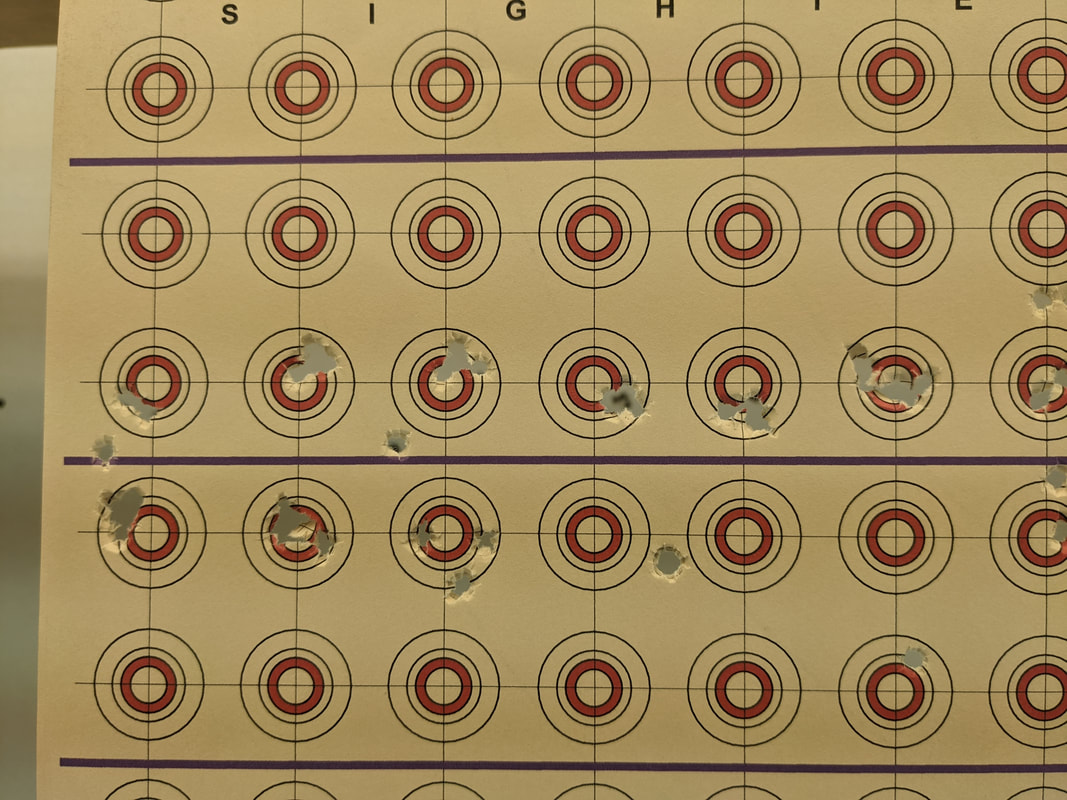
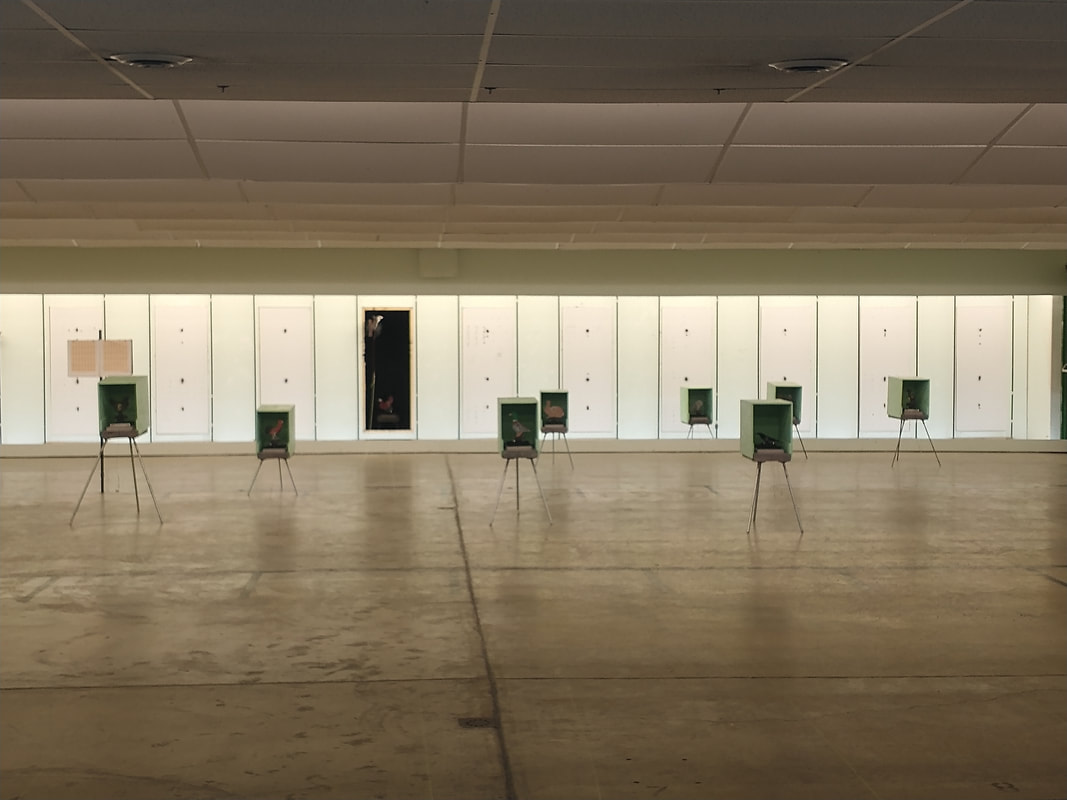
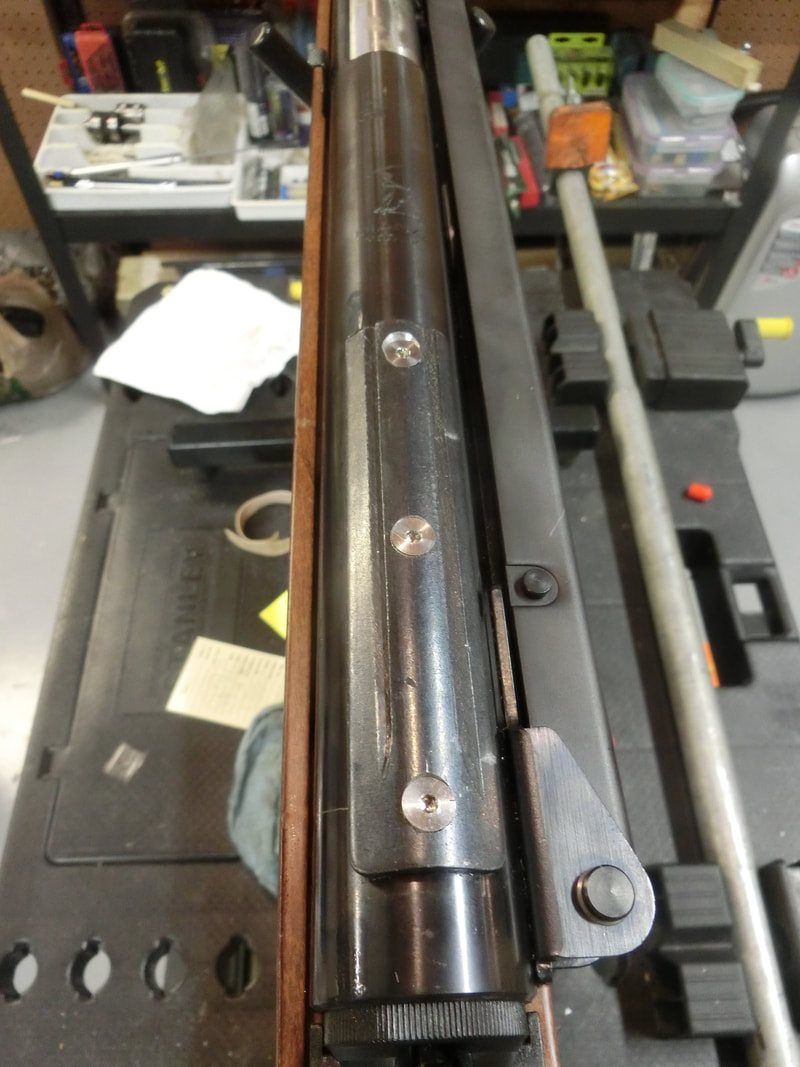
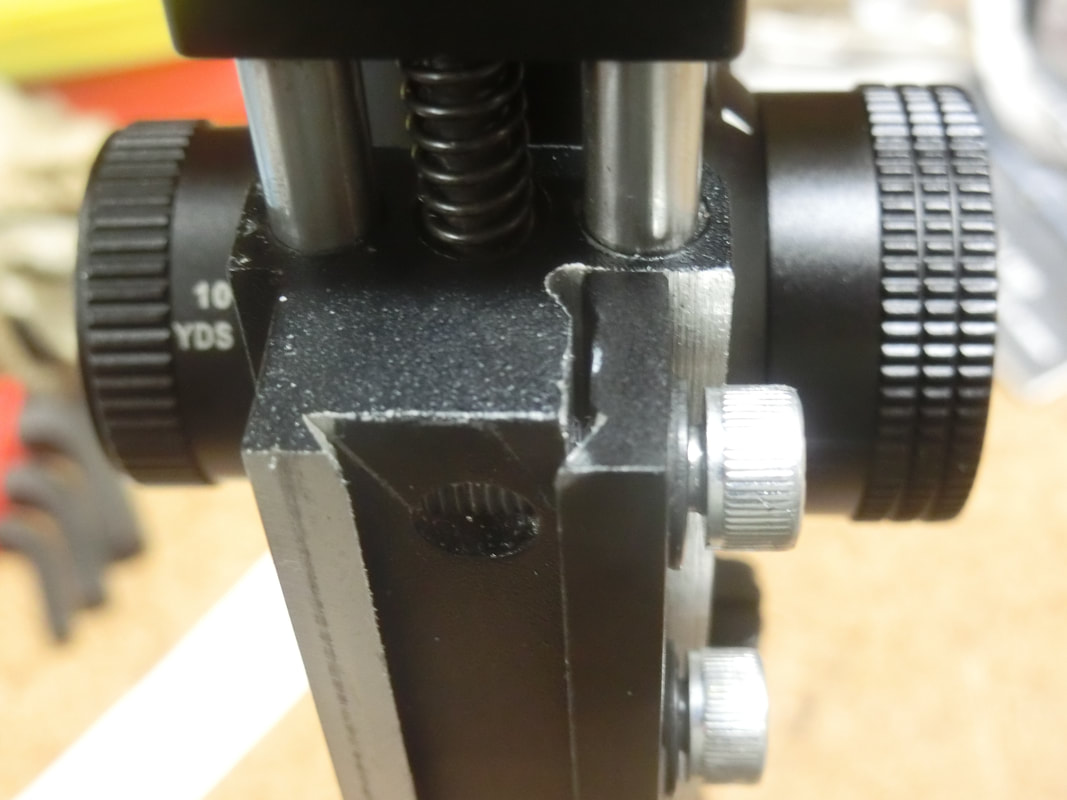
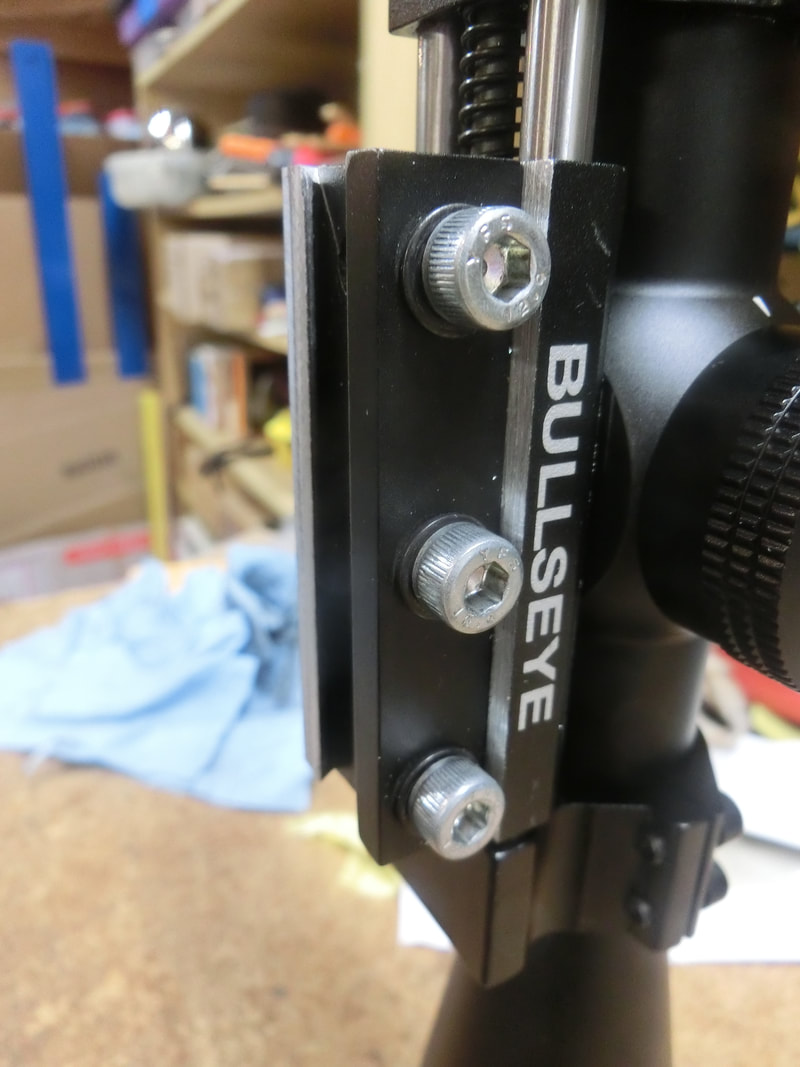
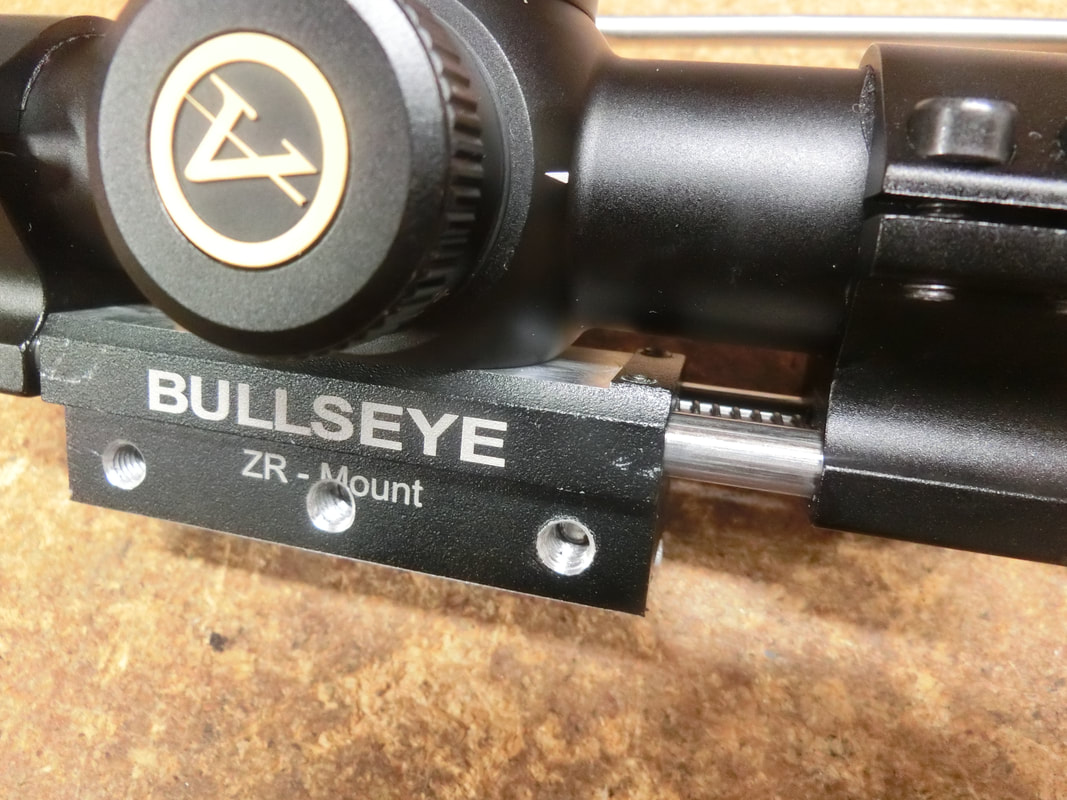
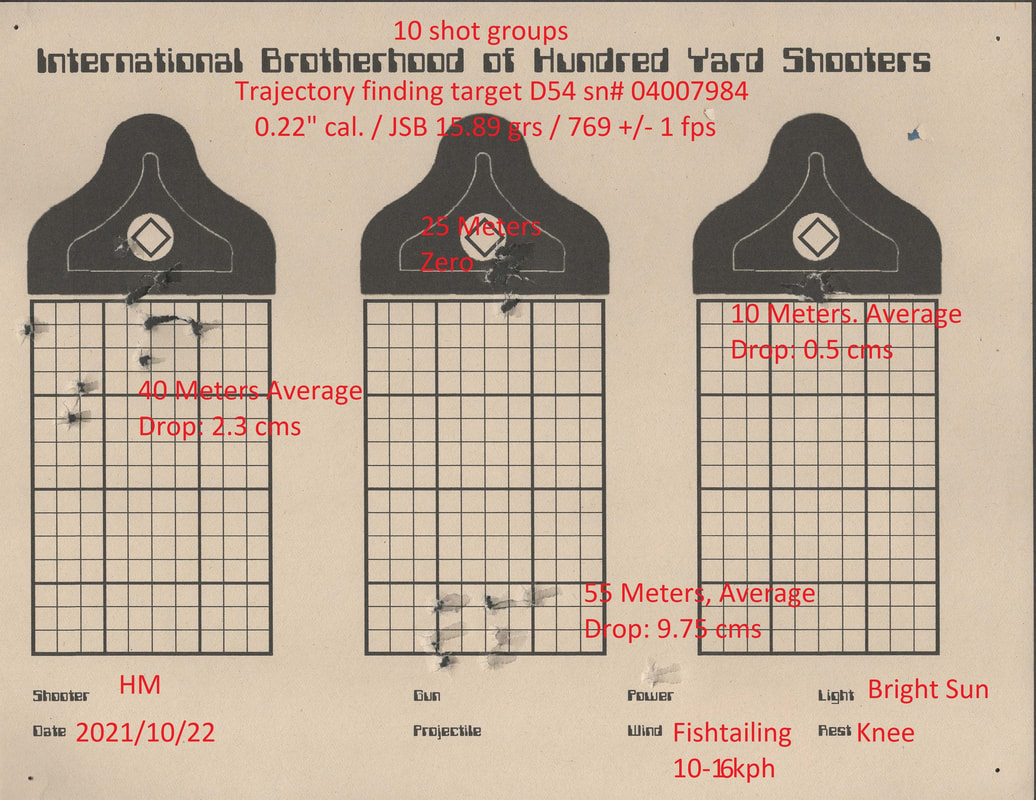
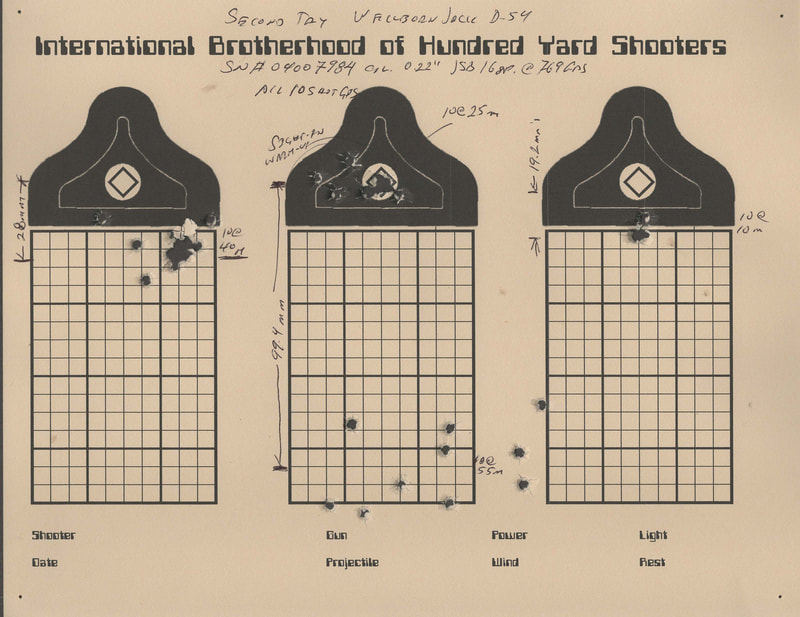

 RSS Feed
RSS Feed